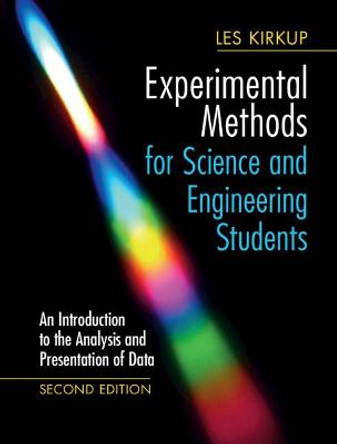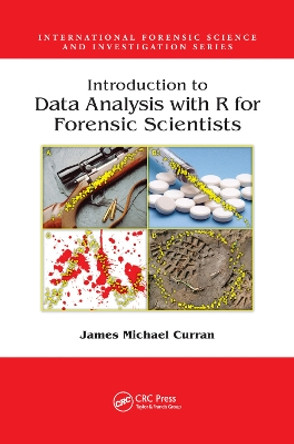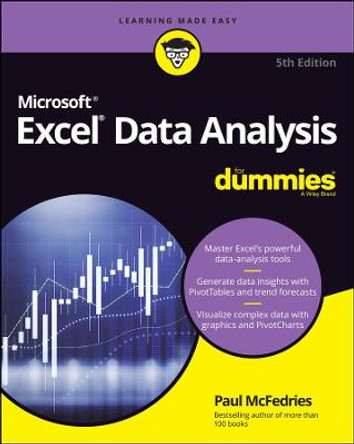Description
Introducing data analysis techniques to help undergraduate students develop the tools necessary for studying and working in the physical sciences.
About the Author
Les Kirkup is Associate Professor in the School of Physics and Advanced Materials, University of Technology, Sydney. A dedicated lecturer, many of his educational developments have focused on enhancing the laboratory experience of undergraduate students. In May 2011, he was awarded an Australian Learning and Teaching Council National Teaching Fellowship.
Reviews
Reviews of the first edition: 'This book is extremely well structured. It both describes the main functionality of Excel with special emphasis on scientific data analysis, as well as the statistical background to the methods ... definitely one of the best on the market in this important area ... the author should be congratulated on doing a wonderful job.' Richard Brereton, Chemistry Industry
'Overall, I found the book excellent.' S. Middleton, The Physicist
Review of previous edition: '... a simple and straightforward introduction to the use of spreadsheet calculations and data display ... The coverage of this book will be more than adequate for undergraduate courses and will be sufficient for many postgraduate and research readers ... a good introduction to Excel (R) for data analysis for the first time user and covers the data analysis methods that most physical scientists will need.' B. W. James, Contemporary Physics
'The fundamental observation of experimental science is that repeated measurements of the same quantity by the same person using the same equipment do not repeatedly give the same value. ... Thus, statistical analysis of experimental data is a large part of experimental physics ... [This book] deals with all these problems at a level appropriate to an undergraduate course on data analysis. ... introduces useful ideas and many examples on data visualisation, with examples chosen from many fields of science ... data distributions, and their results are then exploited in a very extensive discussion of experimental errors. ... and provides useful information on how to combine random and calibration errors ... The rest of the book applies these statistical methods to the bread and butter of experimental data analysis - linear and non-linear least squares curve fitting, and hypothesis testing. The theoretical basis is given, and its numerical implementation through Excel (R) described.' P. T. Greenland, Contemporary Physics
Book Information
ISBN 9780521883726
Author Les Kirkup
Format Hardback
Page Count 528
Imprint Cambridge University Press
Publisher Cambridge University Press
Weight(grams) 1180g
Dimensions(mm) 253mm * 180mm * 29mm








